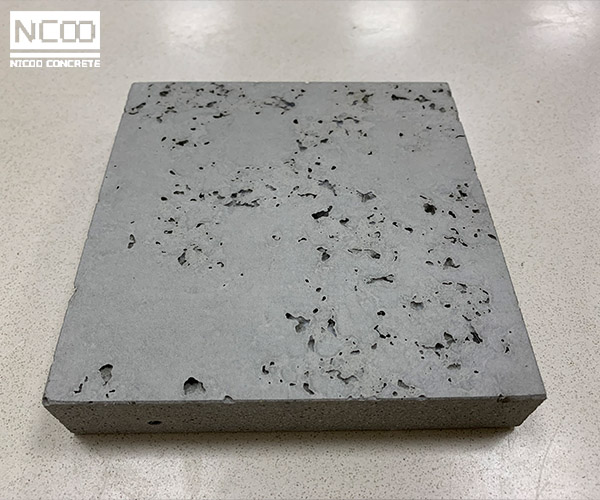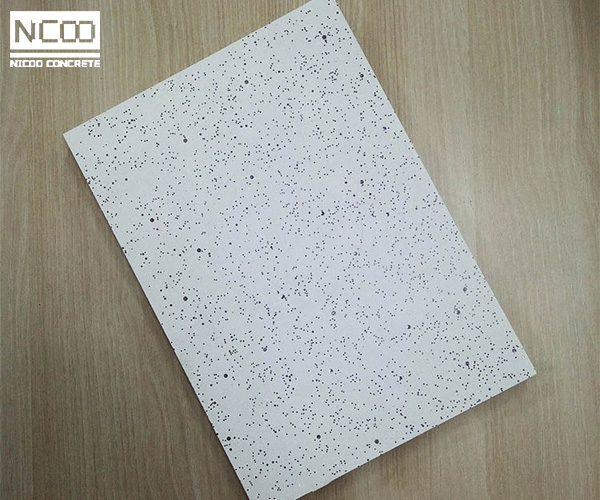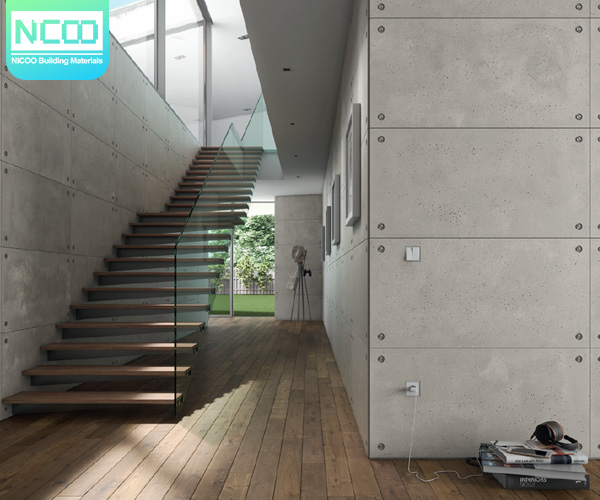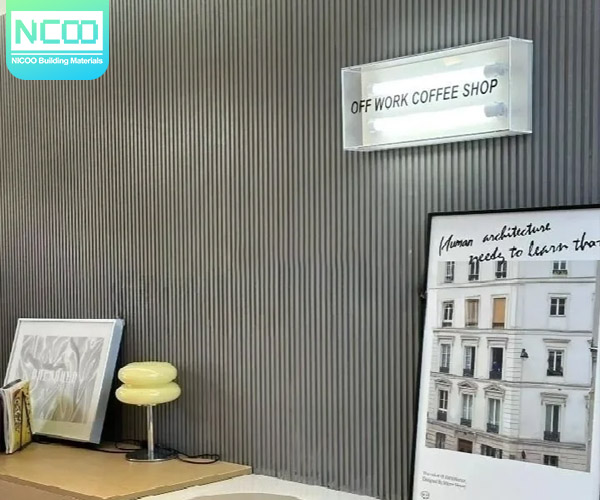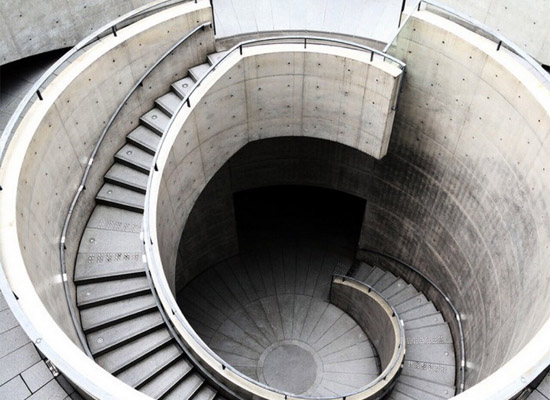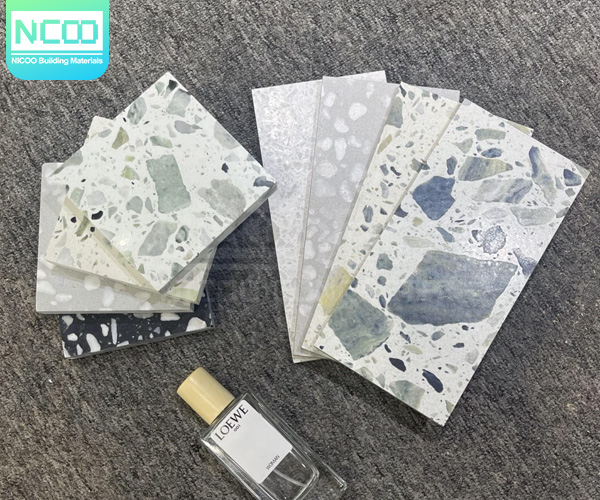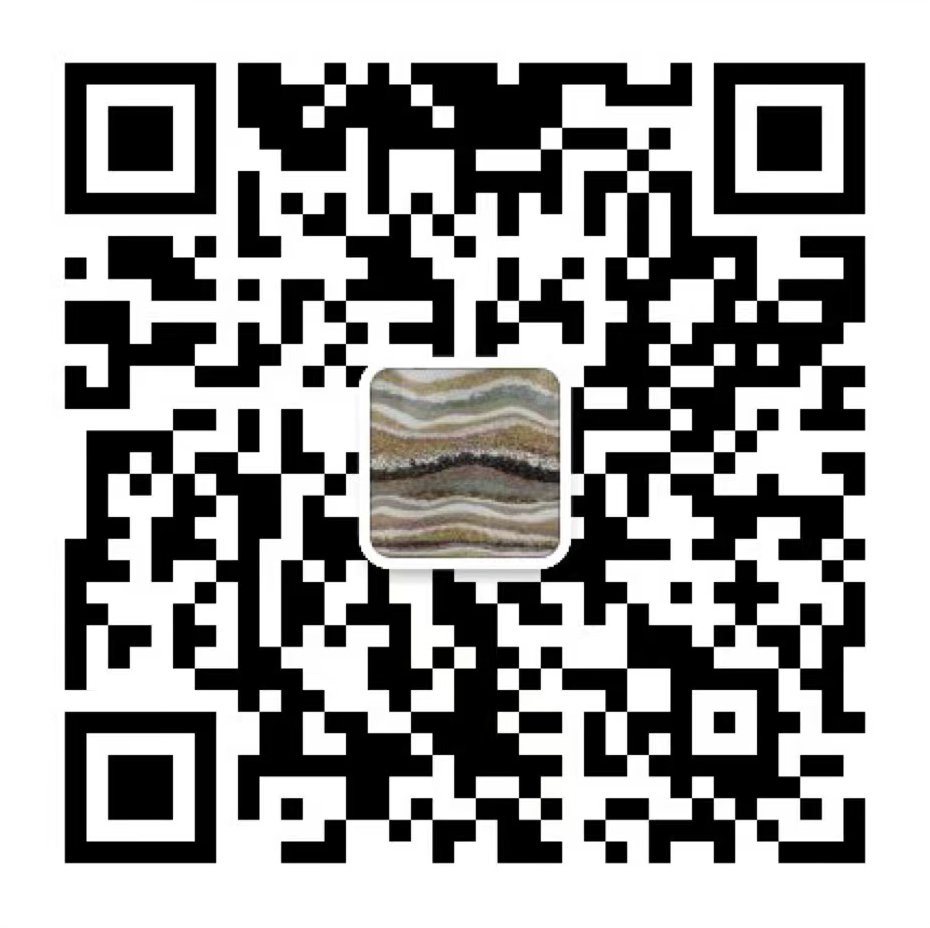60 Concrete Questions and Answers - Part 3
60 Concrete Problems - Part 3
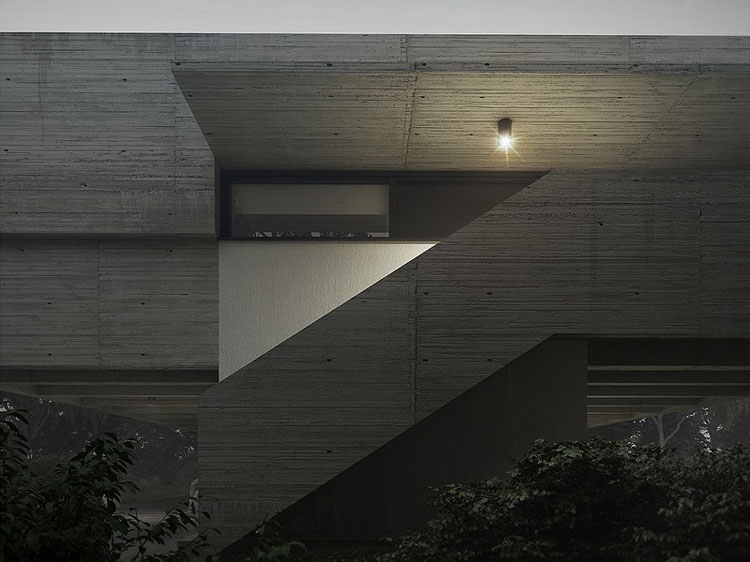
31. What if you only have fine sand?
If there is a problem with the sand source, fine sand and some machine-made sand can be used to pump concrete. For example, fine sand with fineness modulus less than 2.0 can be mixed with machine-made sand with fineness modulus 3.0-3.2, and its fluidity and pumpability can be observed at a ratio of about 6:4. The specific ratio can be determined by test.
32. What are the consequences of sand content?
Sand mud content is large, concrete water demand is large, plastic retention is poor, shrinkage is increased, concrete strength decreases, structure is easy to crack, structure is easy to crack, so to control sand mud content ≤3% (C30-C50), high strength concrete mud content requirements are higher.
33. How does the presence of mud in the sand affect the concrete?
In addition to the mud in the sand and the mud in the same effect, but also seriously affect the strength of concrete. For example, mud can weaken concrete sections; When the ground is poured, the mud will float up and form pits and other defects on the surface after drying and shrinking.
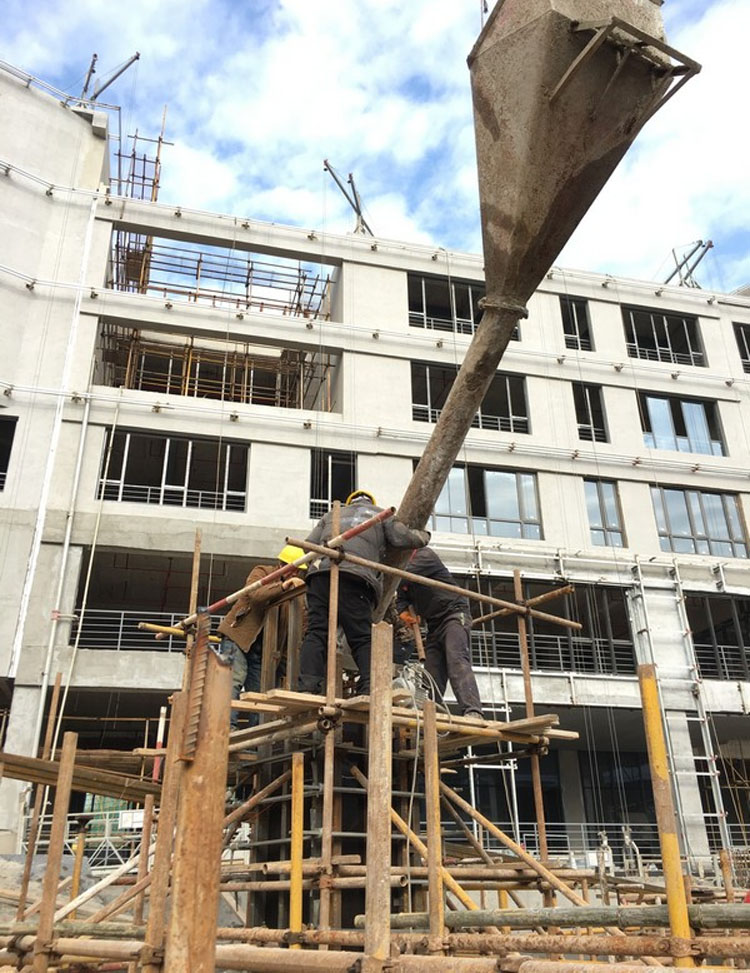
34. Why should the stone with smaller particle size be used when preparing high strength concrete?
With the increase of coarse aggregate particle size, the bond between the coarse aggregate and the cement slurry is weakened, which increases the discontinuity of the internal structure of the concrete material and leads to the reduction of concrete strength.
Coarse aggregate acts as a constraint on cement shrinkage in concrete. Because the elastic modulus of coarse aggregate and cement slurry is different, tensile stress is generated in concrete. This internal stress increases with the increase of coarse aggregate particle size and leads to the reduction of concrete strength.
With the increase of coarse aggregate particle size, the orientation of Ca(OH)2 crystals in the transition zone of coarse aggregate interface increases, thus weakening the interface structure and reducing the strength of concrete.
The test shows that:
In concrete, the interfacial crack width around the coarse aggregate with a particle size of 15-25mm is about 0.1mm, and the crack length is 2/3 of the particle size circumference, and the interfacial crack is more connected with the cracks in the surrounding cement slurry. In the coarse aggregate concrete with a particle size of 5-10mm, the interfacial crack width is more uniform, only 0.03mm, and the crack length is only 1/6 of the particle size circumference.
For coarse aggregate with different particle size, the accumulation amount of water sac formed in the lower particle size after concrete hardening is also different. The water sac under the coarse aggregate with large particle size is large and many. After the water in the water sac evaporates, the interface seam formed at the lower interface is inevitably wider than that of the small particle size, and the interface strength is lower.
35. Why is the strength of pebble concrete 3-4 mpa lower than gravel concrete with the same ratio of concrete?
The surface roughness of coarse aggregate depends on the interface strength of cement slurry and aggregate. According to the author's experiments over the years, on the one hand, the concrete prepared with pebble has more wind-bearing fossils, its crushing index is lower than gravel, and the surface is smooth and the interface strength is low. Therefore, the strength of concrete prepared with pebble is 3-4 MPa lower than gravel concrete with the same ratio.
36. Why should the moisture content of sand and stone be measured every shift?
The amount of sand and stone in ready-mixed concrete is about 800-1100kg/m3, and each 1% of its water content will bring the influence of 8-11kg of water consumption in concrete. Sand, in particular, is usually collected from the river, and the water content changes greatly. If the water content is not detected often and the water consumption for mixing is adjusted in time, it will cause great fluctuations in the slump, pumpability and strength of the concrete of each pan.
37. What is the alkali aggregate reaction?
The alkali in concrete reacts chemically with the aggregate whose chemical composition is active silica to generate alkali-silicic acid gel, which absorbs water and expands, and the expansion stress causes the concrete to crack. This process is called alkali aggregate reaction.
38. How to prevent alkali aggregate reaction?
If the local coarse aggregate contains active silica, the admixture alkali content of concrete should be strictly limited. When alkali active aggregate is used, the total alkali content of various materials in concrete should be less than 3% of the quality of concrete.
39. What items should be checked for cement admission?
The cement should be randomly sampled every 500T to test the water content of compressive, flexural (3d, 28d) standard consistency, initial and final setting time, stability, etc.
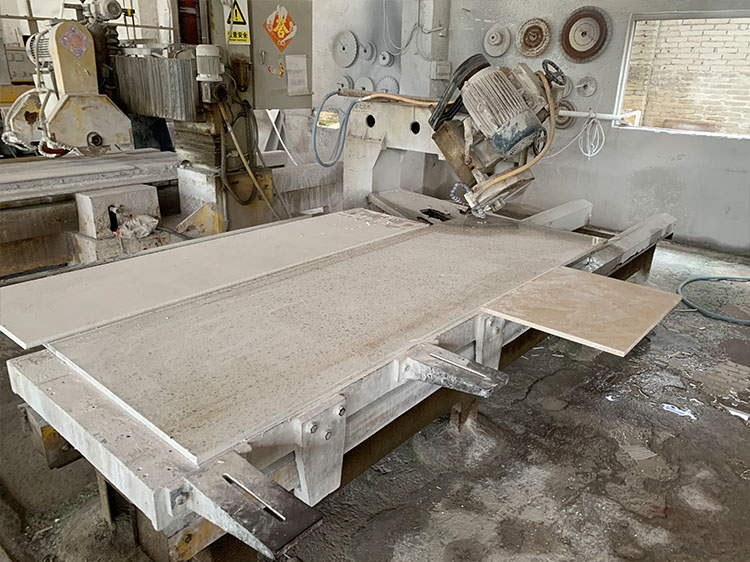
40. What should be done before the contract is signed?
Before the contract is signed, the project leader shall make a full investigation of the client's funds, reputation, project overview, structural form, construction area, concrete type, concrete quantity, construction unit, construction unit, etc.), and report the investigation to the relevant leaders. After the general manager, sales manager, production manager, chief engineer review, to prevent the contract signed carelessly, bring undue losses to the enterprise.
41. What are the main contents of the contract review?
First of all, it is necessary to see whether the customer has the funds, whether the cooperation with concrete enterprises in the past keeps the credibility, and whether the implementation of the contract is in place. The enterprise should have a list of bad customers, and try not to sign any more contracts for customers who are in arrears of payment and do not abide by the contract.
Secondly, it is necessary to look at the product unit price and payment method. If the unit price is excessively reduced, the enterprise will not only have low profits and difficult operation, but also cause a vicious cycle of operation. Generally, payment can be made according to the progress of the project (that is, according to the layer). There should be a binding clause before the project capping to prevent the payment of the concrete after the main capping.
Again to review the technical requirements of the user, the construction requirements of the enterprise has the ability to do, to prevent the project after the start of passive.
42. Concrete has a settlement method which several?
The first is according to the actual amount of concrete settlement, referred to as car knot, customers can at any time spot check whether the amount of concrete is enough, lack of a penalty of ten, the concrete poured within 24 hours after the customer can raise objections, find the problem, the two sides jointly find the cause, timely solution. This method of settlement is simple, easy to operate, is the preferred method of settlement.
The second is according to the drawing settlement, the engineering habit is called "drawing settlement". The construction unit is required to provide drawings (construction drawings, construction drawings) and design changes in time, and both parties shall calculate the work quantity in time. Check concrete quantity with construction progress. Once the difference exceeds 2%, find the cause immediately and solve it. To prevent the completion of the project or even wipe the ash to find after the account, when the hidden works are all covered, the concrete is super thick, super wide and other conditions can not be measured.
43. How to estimate the concrete volume of the drawing settlement project?
Before signing the contract, the total amount of the project should be estimated to prevent the advance amount from exceeding or approaching the total amount of the project, resulting in difficulties in payment collection. The author has collected the statistics of various structural concrete demands of a budget company and listed them in Table 1 for your reference.
| Type of cement | Cement strength class | ||
| 32.5 | 42.5 | 52.5 | |
| General silicon cement | 289 | 377 | 461 |
| Slag cement | 249 | 335 | |
44. Which projects or parts are not suitable for drawing settlement?
Masonry structure is generally only beam plate, staircase, ring beam, lintel, structural column with concrete; Villa project live section is small, pouring process is easy to sprinkle material, concrete waste is more serious; These two kinds of projects are not suitable for drawing.
In addition, underground engineering such as hole pile, cushion, foundation floor, modeling engineering, basement, etc., should not be drawn.
45. Why do we need to add losses to the drawing settlement project?
There will be some material loss in the transport and pumping process of ready-mixed concrete, such as the concrete bonded inside the tank body of the tanker, and some remaining concrete in the pump bucket and pump pipe of the pump truck at the end of pumping, which is about 2% of the total amount.
In addition, after the concrete is molded and shaken, its volume will be smaller than the original. The shaken volume divided by the loose volume is called the filling coefficient, which is generally 0.95.
In view of the above reasons, the drawing settlement project should be about 2% loss.
Contrast of NICOO Fair-faced Concrete and Ordinary Concrete
As a common building material, concrete has a wide range of applications. In building structures, common concrete types include fair-faced concrete and ordinary concrete. This paper will compare these two types of concrete, explore their differences and application scenarios.
Pull Trough Cement Board Living Room Wall Decoration Case Display
The paving effect of the grooved cement board wall is mainly reflected in its unique texture, fresh and bright color and environmental protection and health characteristics.
The Classic 60 Questions of Concrete - Part 1
Concrete classic 60 questions, worth collecting information!
Designers must understand the difference between terrazzo and terrazzo tiles
Terrazzo is divided into three types : 1. Cast-in-place terrazzo 2. Terrazzo prefabricated board 3. Terrazzo tiles



